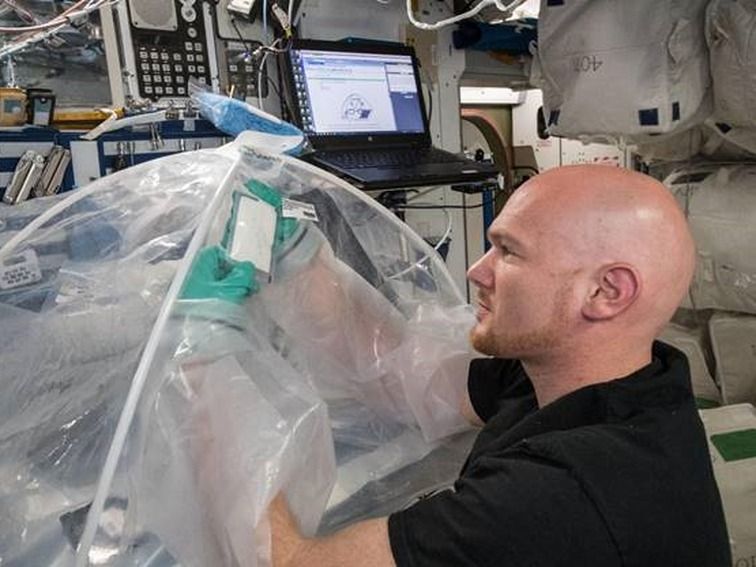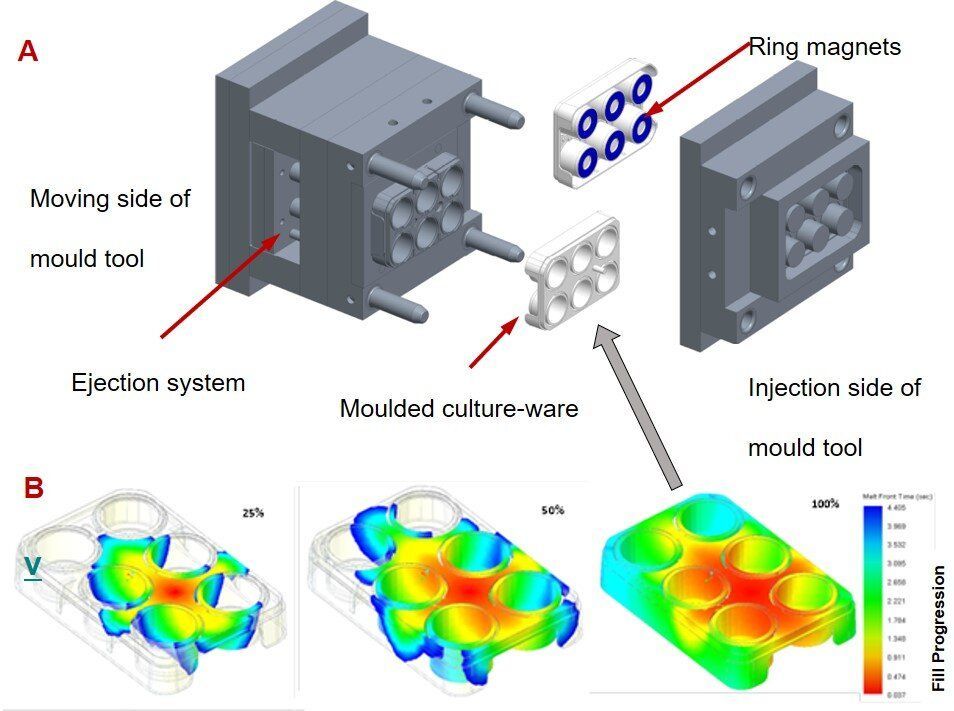SPACEX boss Elon Musk joined 27 other space experts in signing a document warning against the “consequences” of attempting to contact intelligent alien civilisations.






Apple’s FaceID authentication system started moving smartphone users away from relying on fingerprints to secure their mobile devices, which are arguably less secure. But researchers think they’ve come up with an even better biometric tool for protecting a device that uses a part of the body that’s nearly impossible to spoof: a user’s ear canals.
A team of researchers led by Zhanpeng Jin, an associate professor in the Department of Computer Science and Engineering in the University of Buffalo’s School of Engineering and Applied Sciences, created a new authentication tool called EarEcho, which is somewhat self-explanatory. The team modified a set of off the shelf earbuds with a tiny microphone that points inside the wearer’s ear, not out towards the world around them. It’s not there to pick up ambient sounds to facilitate a noise-canceling or feature, or even the wearer’s voice for making calls; the tiny mic is instead tuned to listen to the echo of sounds as they’re played and then propagate through the ear canal.

In regenerative medicine, scientists aim to significantly advance techniques that can control stem cell lineage commitment. For example, mechanical stimulation of mesenchymal stem cells (MSCs) at the nanoscale can activate mechanotransduction pathways to stimulate osteogenesis (bone development) in 2-D and 3D culture. Such work can revolutionize bone graft procedures by creating graft material from autologous or allogenic sources of MSCs without chemically inducing the phenomenon. Due to increasing biomedical interest in such mechanical stimulation of cells for clinical use, both researchers and clinicians require a scalable bioreactor system to provide consistently reproducible results. In a new study now published on Scientific Reports, Paul Campsie and a team of multidisciplinary researchers at the departments of biomedical engineering, computing, physics, and molecular, cell and systems biology engineered a new bioreactor system to meet the existing requirements.
The new instrument contained a vibration plate for bioreactions, calibrated and optimized for nanometer vibrations at 1 kHz, a power supply unit to generate a 30 nm vibration amplitude and custom six-well cultureware for cell growth. The cultureware contained magnetic inserts to attach to the bioreactor’s magnetic vibration plate. They assessed osteogenic protein expression to confirm the differentiation of MSCs after initial biological experiments within the system. Campsie et al. conducted atomic force microscopy (AFM) of the 3D gel constructs to verify that strain hardening of the gel did not occur during vibrational stimulation. The results confirmed cell differentiation to be the result of nano-vibrational stimulations provided by the bioreactor alone.
The increasing incidence of skeletal injuries due to age-related conditions such as osteoporosis and osteoarthritis is a metric of the depleting quality of human life. The development of treatments for increased bone density or fracture healing are prime targets for the regenerative potential of mesenchymal stem cells (MSCs). Researchers have demonstrated controlled osteogenesis (development of bones) of MSCs via mechanical stimulation using several methods, including passive and active strategies. Passive methods typically alter the substrate topography to influence the cell adhesion profile, while active methods include exposure to varied forces from external sources.

NASA is on a mission to go back to the moon by 2024 and use it as a “backyard” of experimentation, according to Lucien Junkin, chief engineer of the space exploration vehicle at NASA.
ABC toured NASA’s Johnson Space Center’s robotics design area: https://abcn.ws/2AleGSQ
Everything is moving. Our relative velocities.

Wave function represents the quantum state of an atom, including the position and movement states of the nucleus and electrons. For decades researchers have struggled to determine the exact wave function when analyzing a normal chemical molecule system, which has its nuclear position fixed and electrons spinning. Fixing wave function has proven problematic even with help from the Schrödinger equation.
Previous research in this field used a Slater-Jastrow Ansatz application of quantum Monte Carlo (QMC) methods, which takes a linear combination of Slater determinants and adds the Jastrow multiplicative term to capture the close-range correlations.
Now, a group of DeepMind researchers have brought QMC to a higher level with the Fermionic Neural Network — or Fermi Net — a neural network with more flexibility and higher accuracy. Fermi Net takes the electron information of the molecules or chemical systems as inputs and outputs their estimated wave functions, which can then be used to determine the energy states of the input chemical systems.